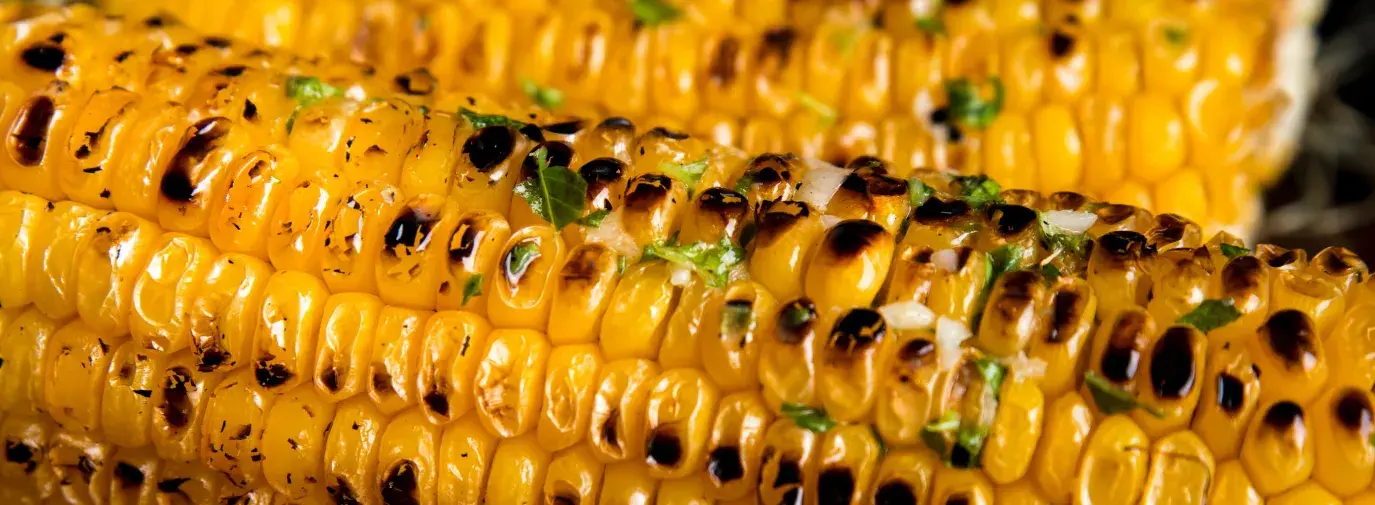

Around the world, several countries support a consumer's right to know by requiring some sort of labeling for genetically modified foods.
The European Union led the way in 1998, with countries steadily following suit (though laws vary widely worldwide) since then.
The US and Canada do not require labeling of genetically modified foods.

1998: Europe
European Union countries beoame the first to embrace labeling for genetically modified food. Companies must label all other food products and animal feed made with more than .9% of ingredients derived by genetically modified processes (including additives and flavorings). Current laws don’t cover genetically modified animals used as food (not yet on the market in Europe), though the European Food Safety Authority is currently working on proposed future guidelines.
2001: Japan, Australia, New Zealand
Australia and New Zealand’s laws target a slightly higher threshold than Europe and Russia (1%), while Japan’s laws allow a much higher GM threshold of 5%. Also, Japan’s laws aren’t comprehensive, but rather target a legally specified list of food items and ingredients known to sometimes contain GM content. New introductions would need to be added to the list.
2002: China, Saudi Arabia, South Korea
Initially, China’s labeling law resembled Japan’s, requiring labeling of only certain known categories of genetically modified products derived from corn, cotton, rapeseed, soybeans, and tomatoes. In 2007, this law was expanded to stipulate that all GM foods must be labeled (no minimum threshold stipulated). Saudi Arabia, which relies heavily on food imports, follows the 1% threshold, maintains a legally specified list of food items, and exempts restaurants from labeling. South Korea adopted a 3% threshold, and only for products containing GM soybean, corn or soybean sprout.
2003: Thailand, Indonesia
Thailand’s labeling law requires that a food product that lists a GM ingredient as one of the top three ingredients must be labeled, and then only if the GM content accounts for more than 5% of the total product by weight. Indonesia’s labeling law also follows the 5% rule, without the “top-three” stipulation. Animal feed is exempted in both countries.
2004: Brazil, Venezuela
All human and animal feed containing more than 1% GM ingredients must be labeled.
2005: Taiwan
After a three-part phase-in, Taiwan institutes a 5% threshold labeling law for products containing soy or corn.
2006: Russia, India, Chile
Russia’s laws on GM food mirror those of the European Union, including the .9% threshold for food products, but make an exemption in allowing GM animal feed to be sold without a label. One of the most stringent proposals for GM labeling in existence, India’s “draft rule” published in 2006 would require labeling for all “primary or processed food, food ingredients, or food additives.” Six years later, controversy around this language still prevents the draft rule from being codified into law.
2011: South Africa
South Africa introduces labeling for all GM products, using the 5% threshold.







